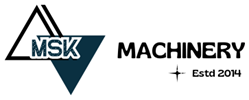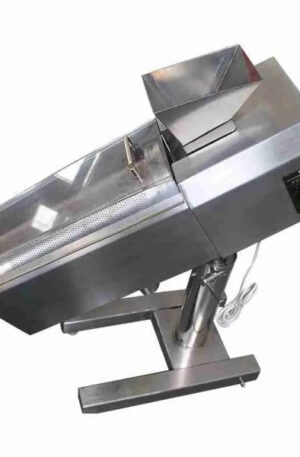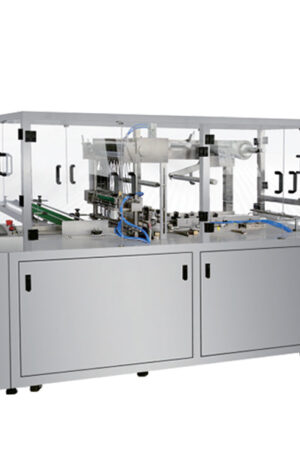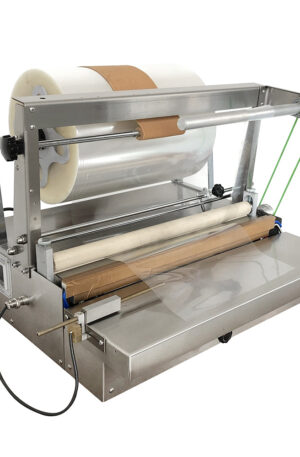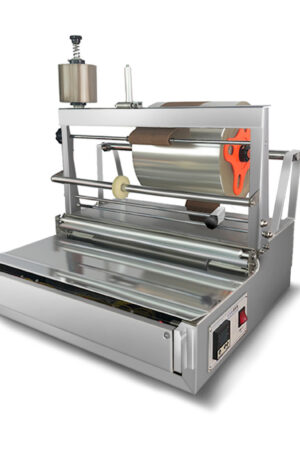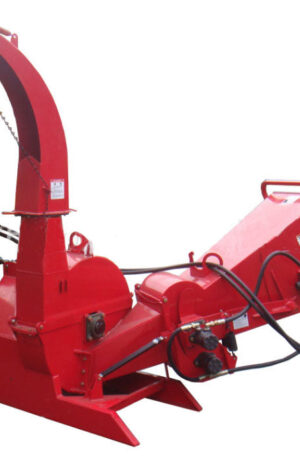Title: “The Evolution of Pharmaceutical Machinery: A Comprehensive Overview”
Pharmaceutical machinery has undergone significant advancements over the years to meet the growing demands of the industry. Two essential pieces of equipment in pharmaceutical manufacturing are the table press machine and capsule filling machine. In this article, we will explore the evolution of these machines, with a focus on the TDP (Tablet Press) and THDP (Tablet and Capsule Press) models.
Tablet press machines have played a crucial role in the pharmaceutical industry for decades. The TDP series, in particular, has been widely used for its efficiency and reliability in producing high-quality tablets. These machines are designed to compress powder formulations into tablets of uniform size and weight, meeting stringent quality standards. With the advancement of technology, modern TDP machines now come with features such as automatic feeding, air-detection systems, and data monitoring capabilities, ensuring precision and consistency in tablet production.
On the other hand, capsule filling machines have also evolved significantly to improve efficiency and productivity in pharmaceutical manufacturing. The THDP models integrate both tablet and capsule filling functions in a single machine, offering versatility and space-saving benefits for pharmaceutical companies. These machines are equipped with interchangeable tooling systems, allowing for quick changeovers between tablet and capsule production, thus reducing downtime and increasing overall efficiency.
One of the key advancements in pharmaceutical machinery is the integration of automation and digital controls. Modern table press and capsule filling machines are equipped with touch-screen interfaces, programmable logic controllers (PLCs), and sensors for real-time monitoring of production parameters. This automation not only ensures accuracy and precision in dosing and compression but also enhances operator safety and reduces the risk of errors.
Moreover, the incorporation of Industry 4.0 technologies in pharmaceutical machinery has revolutionized the way tablets and capsules are produced. Connectivity features such as remote monitoring, predictive maintenance, and data analytics have enabled pharmaceutical companies to optimize their production processes and improve overall equipment effectiveness (OEE). With real-time insights into machine performance and productivity, manufacturers can make informed decisions to enhance efficiency and minimize downtime.
In conclusion, the evolution of pharmaceutical machinery, particularly table press machines and capsule filling machines, has brought about significant improvements in productivity, quality, and efficiency in drug manufacturing. The TDP and THDP models, with their advanced features and capabilities, have set new standards in pharmaceutical production, paving the way for a more innovative and technologically advanced industry. As the pharmaceutical sector continues to grow and evolve, the development of cutting-edge machinery will play a crucial role in meeting the industry’s demands for safe and effective drug products.
